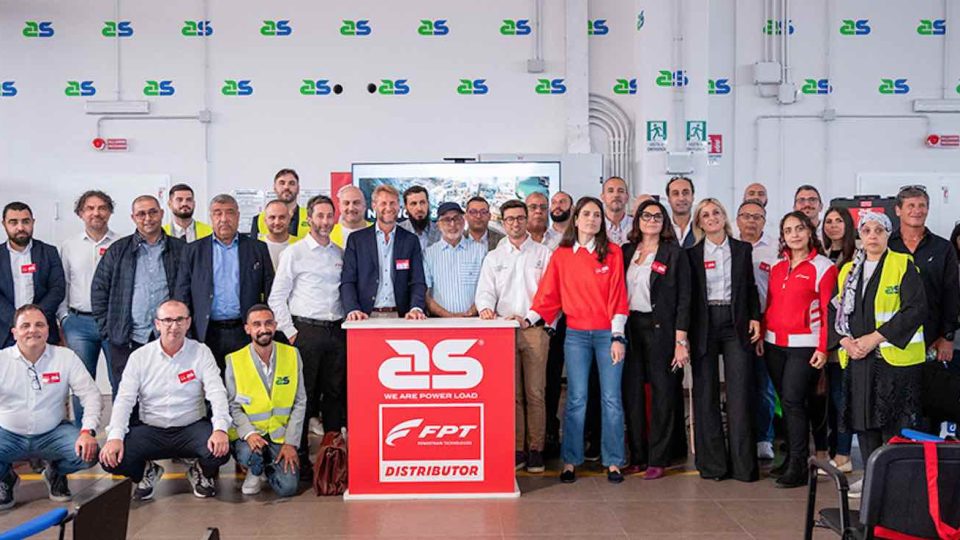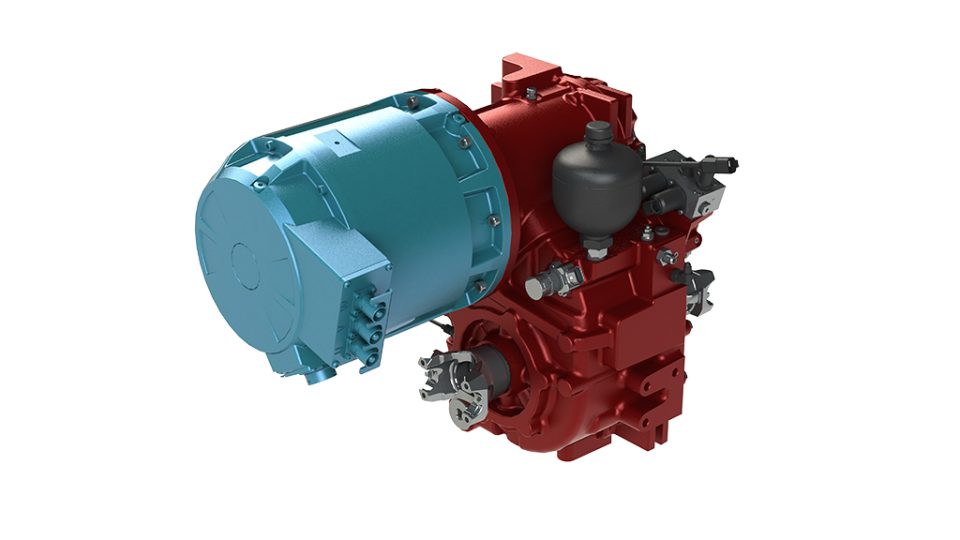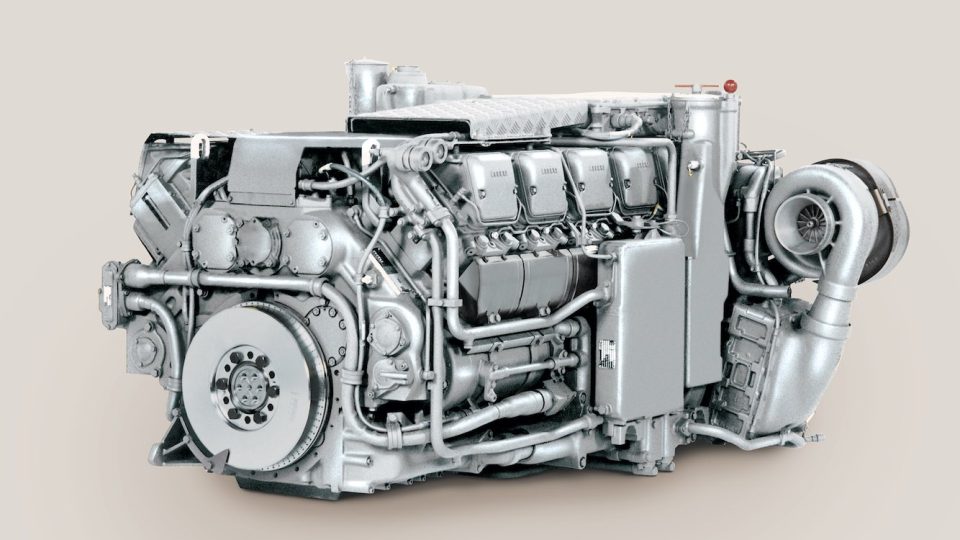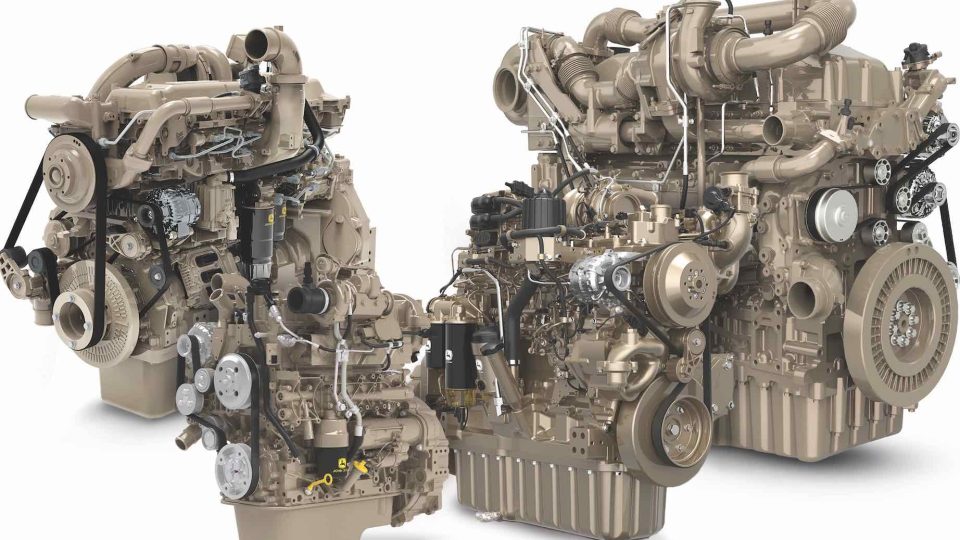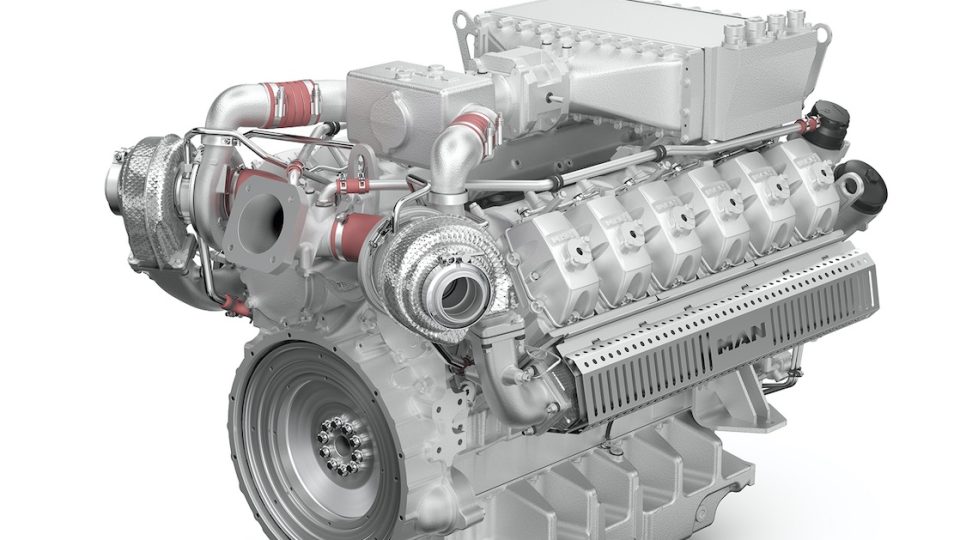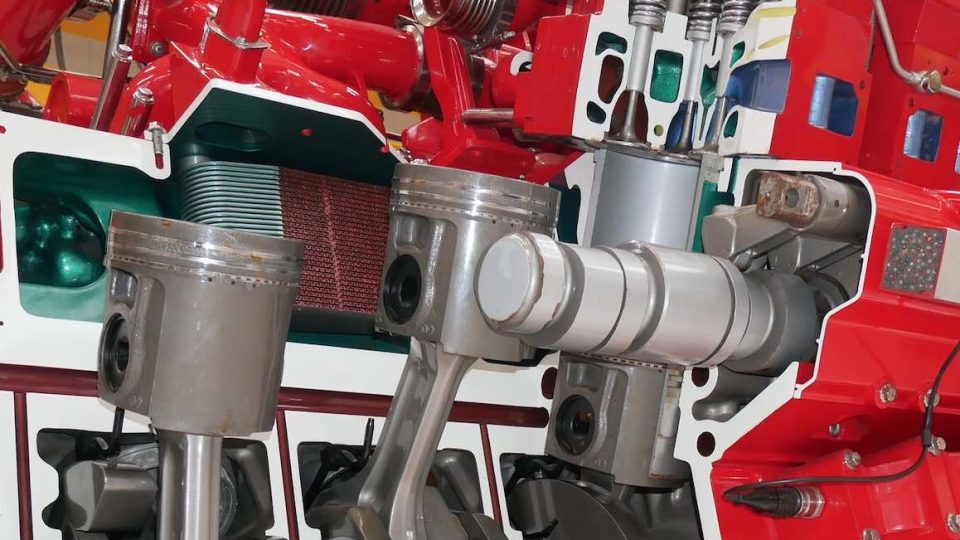Scania upgrades inline engine platform
Scania has restyled and vitaminised the inline engine platform. The 11-litre delivers from 368 to 450 kilowatts, the 13 from 202 to 368 kilowatts
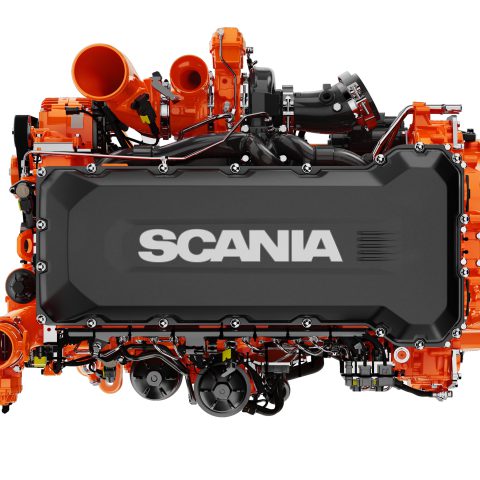
Scania inline engines have absorbed all the lymph that Sodertalje’s engineering has recently infused into them. As a result, the 13 litre engine has a power range from 368 kW to 450 kW and delivers up to 11 percent more power and 21 percent more torque than the current generation. The 11 litre engine has a power range from 202 kW to 368 kW. Scania is making a big bet on efficiency, a bet that at the moment would appear to have been won, as demonstrated by the 13-litre truck, renamed Super (read the comparison with peers HERE, pag 28 from POWERTRAIN March issue).
Scania inline hexacylinders
After a decade of innovation and engineering, Scania’s new engine platform is ready. “This is our most fuel-efficient engine ever, with more torque, more power and up to 50 percent longer base engine lifespan. A game-changer for power solutions,” says Joel Granath, Senior Vice President and Head of Power Solutions, Scania. The enhanced gas exchange system, reduced internal friction, and increased turbocharger efficiency all have a positive impact on the fuel-efficiency. For the 13 litre engine, this means up to seven percent improvement in fuel consumption compared to the current generation at the same power output. That translates to four litres of diesel saved per engine hour at full load.
As long as combustion engines are still in use, their climate impact should be improved. The platform carries the performance and reliability that customers are used to from Scania, but with added CO2-emission reductions. “We want to empower a more sustainable future, and the leading position we have in trucks and buses now expands to industrial power.” It also meets the demands for changes in legislation, and is compatible with biodiesel blends and HVO. The new engine platform is built using cutting-edge technology, and to add value to the customers’ operations has been top of mind. For example, the time between overhauls is up to 25,000 hours. Some of the new design features include more precise cooling, a more rigid engine block and cylinder head, and a more robust engine transmission with optimal gear strength.
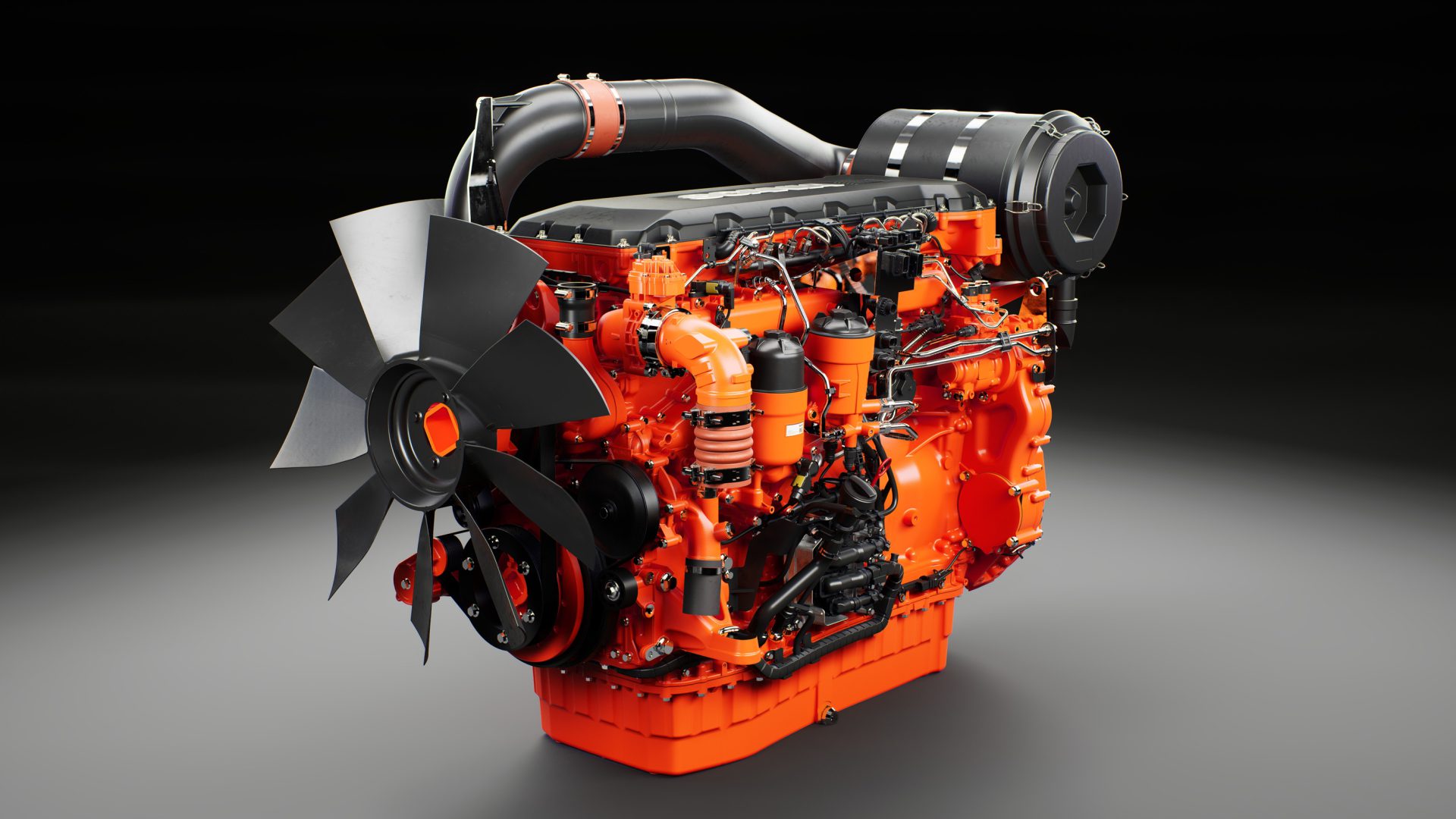
Nilsson says
“Our mindset throughout the development of the new platform has been to ease the transition for our customers while positively impacting fuel efficiency and product performance,” says Henrik Nilsson, Scania’s Director Product Management, Power Solutions.


